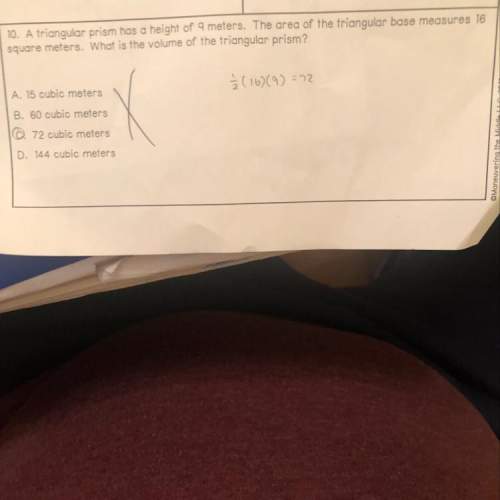
Mathematics, 12.06.2020 19:57 webbjalia04
Shawn is playing a game with a set of cards. Half of them are blue and the other half are yellow. In the game, the player guesses the color of the top card, looks at the card, and returns the card to the deck. The player continues to do this, shuffling the deck after each guess. Shawn has guessed the first three attempts as "blue” and has been correct on each guess. He says he will guess "yellow” for the next card since a yellow card is due to happen. Is Shawn’s reasoning correct? Yes, Shawn has guessed well so far, so it is clear that he cannot miss. No, all of the cards have been blue so far, so the next one must also be blue. Yes, half of the cards are yellow, so the fourth card should be yellow to compensate for the first three cards being blue. No, the law of large numbers says that the proportion of yellow cards should approach the true probability after many trials.

Answers: 3


Other questions on the subject: Mathematics

Mathematics, 21.06.2019 15:30, lexigarwood
The length of each stair is 11 inches. what is the rise, r, for each stair? round to the nearest inch. 2 inches 7 inches 17 inches 24 inches
Answers: 3

Mathematics, 21.06.2019 16:10, cthompson1107
Which expression gives the area of the triangle shown below
Answers: 1

Mathematics, 21.06.2019 17:00, alexabdercmur
You are a clerk at convenience store. a customer owes 11.69 for a bag of potatoes chips. she gives you a five dollar bill. how much change should the customer receive?
Answers: 2
You know the right answer?
Shawn is playing a game with a set of cards. Half of them are blue and the other half are yellow. In...
Questions in other subjects:




Biology, 12.11.2020 16:50



Mathematics, 12.11.2020 16:50


Chemistry, 12.11.2020 16:50

Mathematics, 12.11.2020 16:50




